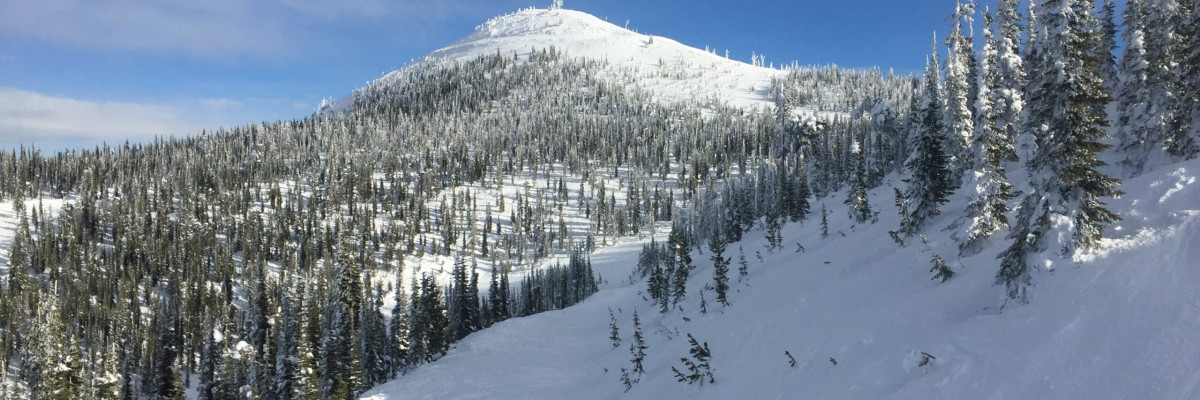The current avalanche danger is Moderate in the West Central Montana backcountry. Human triggered avalanches are possible and have the potential to be large in isolated areas. Carefully evaluate snowpack and terrain to identify areas of greatest concern.
Good morning, this is Logan King with the West Central Montana Avalanche Center’s avalanche advisory for January 9th, 2018. This danger rating does not apply to operating ski areas, expires at midnight tonight and is the sole responsibility of the U.S. Forest Service.
Weather and Snowpack
Mountain temperatures this morning are just above freezing in the low to mid thirties. Winds are calm at Point 6 and 19 mph gusting to 28 mph from the SE at Deer Mountain. Light showers delivered .1-.3 inches of snow water scattered across the region. More precipitation is expected later today with rain lines around 5,000 feet.
Travis and I were in the Rattlesnake yesterday and Tim and Greg were in the Southern Swans. We all found snow that is continuing to settle along with warm and mild conditions.
The most significant concern this morning are the deep persistent slabs. The Thanksgiving crust and facets continue to heal but have the potential to still cause very large avalanches. This layer continues to gain strength but with the consequences so high it demands respect. Avoid shallow or rocky areas where it may be easier to trigger this layer. Thoroughly consider the consequences of this layer failing before committing to avalanche terrain.
Consequences continue to be the theme today as the secondary concern is loose wet avalanches. Although very small in nature a wet loose slide can pack a punch. Avoid terrain traps where you have the possibility of getting carried into rocks, tress, or gullies where deep burials are possible. Lots of roller balls and wet point releases were observed yesterday and with todays warm temperatures and moisture coming it will be a growing concern.
Wind slabs are the third concern today. Tim reported the presence of large wind slabs in the Southern Swan but wind slabs have slowly been gaining strength over the last few days. Wind slab activity has decreased and with clam winds in the north and minimal snow for transport in the south, growth has diminished. Identify terrain that is wind loaded and carefully evaluate the possibility of triggering a wind slab, especially if there is potential to step down to the deep persistent layers.
A warm wet system is moving into the region later today and into tomorrow morning. Rain lines will be high and a significant load of wet heavy snow is possible. Conditions can deteriorate rapidly with a new heavy load of snow, stay aware of avalanche conditions as they change through the day today.
If you are out in the backcountry, please send us your observation, these are very helpful in producing the advisory. A weather update will be issued on Wednesday, January 10th.
Ski and ride safe.














